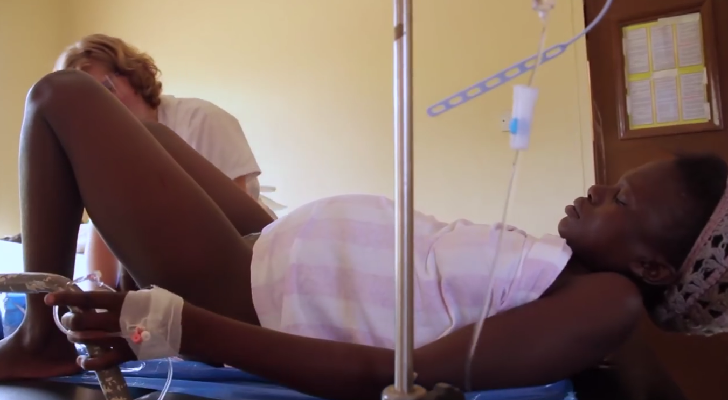Every pregnant woman hopes for a short labor and delivery with no complications. But it doesn't always work out that way. Emergency c-section may be required at times even when the delivery plan was a normal delivery.
About 30% of all babies are delivered via cesarean section (C-section). Emergency C-sections are performed when complications arise with the mother and/or baby during pregnancy or labor.
The reason which may necessitate an emergency c-section include:
- Labor stops or isn't progressing as it should (and medications aren't helping)
- The placenta separates from the uterine wall too soon (called placental abruption)
- The umbilical cord becomes pinched (which could affect the baby's oxygen supply) or enters the birth canal before the baby (called umbilical cord prolapse)
- The baby is in fetal distress — certain changes in the baby's heart rate may mean that the baby is not getting enough oxygen
- The baby's head or the entire body is too big to fit through the birth canal
It's important that all pregnant women expecting normal birth to understand that there is a possibility of an emergency c-section when a complication arises. Some of the complications which may make normal birth impossible or may endanger the life of the baby and mother.
What happens during an emergency c-section?
A c-section - emergency or planned - requires some form of anesthesia. If there is enough time, either an epidural or spinal anesthetic can be used, allowing you to be awake during the procedure. If your baby needs to be born quickly, it is likely that a general anesthetic will be used, which means you will be asleep when your baby is born.
Before the surgery begins, you can expect that:
- A catheter will be inserted into your bladder so that it remains empty
- A screen will be placed around your belly so you are not able to see your doctor making the incision
- You may have a drip in your arm and an oxygen mask over your nose and mouth
- Your abdomen will be cleaned with a disinfectant and any hair that is likely to get in the way will be shaved off
Once the anesthetic takes hold, your doctor will make two incisions: one through the abdomen and another through the uterus itself. During the procedure, you will probably feel some pressure and tugging as your baby is eased out of the uterus. Once born, the baby’s mouth and nose will be suctioned and the umbilical cord cut.
Your placenta will be removed and shortly after, you'll be stitched up. Once the baby has been checked over you can be introduced!
Risks and complications of an emergency cesarean
C-sections are generally considered safe, but with any type of surgery there are certain risks and complications to be aware of, such as:
- Excessive bleeding
- Infections
- Allergic reaction to medications
- Blood clots
- Possible injury to the mother’s internal organs
- Possible injury to the baby
Recovery time
Recovery after a cesarean section is a lot longer than vaginal birth. There will be some element of pain or discomfort associated with the stitched incision but regular painkillers, as prescribed by your doctor, should provide you with the relief you need.
In the days that follow the procedure, you may feel very tired and sore. You could also suffer from constipation and have difficulty moving around and tending to your baby. For these reasons, you will probably stay in the hospital for 5-6 days.
You won’t be able to lift anything heavy or do any exercise for about 6-8 weeks after the surgery or until your doctor has said it’s OK.
It’s true that there are many things you cannot do after a c-section, but there some things you can do to help with your recovery:
- Get plenty of rest
- Go for short walks
- Eat plenty of fresh, nutritious food
- Get family and friends over to help with household chores
- Look after yourself and if you are concerned about anything, get in touch with your doctor.
